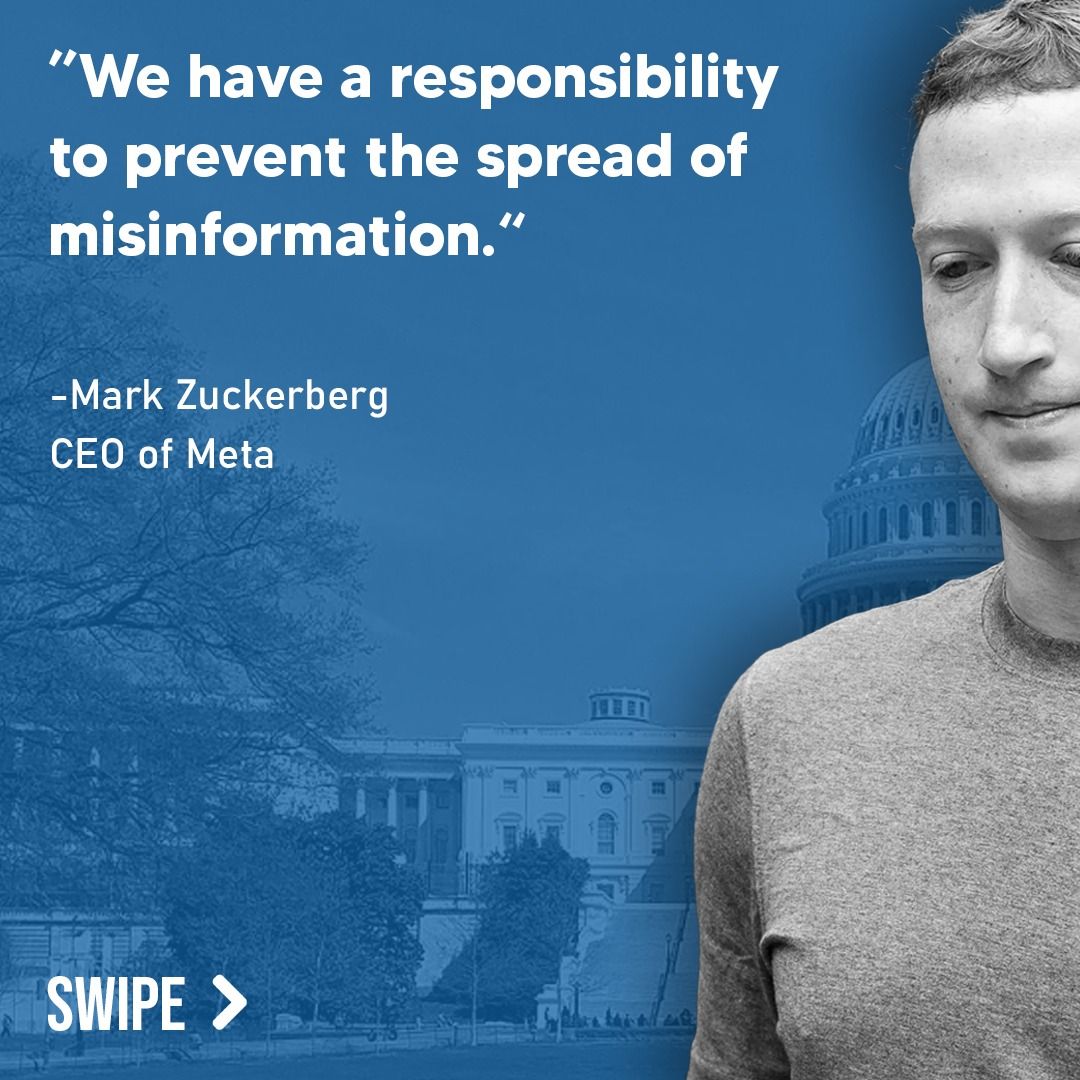
Was the Trump-Pope Image Shared by Trump? Let’s Clear the Air
A recent New York Times article sparked debate after reporting that a digitally rendered image of Donald Trump dressed as the Pope was distributed online, including through official White House and Trump-associated social media channels. Trump claims he had no involvement. But what really happened? Our team at DBUNK breaks down the facts behind the viral controversy.
Historical Context
Artificial Intelligence-generated imagery has flooded social platforms in the past two years, often causing confusion over what’s real and what’s fabricated. During and after Trump’s presidency, he remained active on various new social platforms, typically using media stunts to galvanize supporters. The image of Trump dressed in papal garb ignited strong responses from Catholic audiences, many of whom viewed it as offensive or sacrilegious. This event follows prior use of AI content in political circles, intensifying calls for regulation over synthetic media.

Claim #1: The AI-generated Trump-as-Pope image was shared on Trump’s and White House social media accounts
This claim is accurate. The AI image of Trump clad in white papal robes was indeed posted briefly on Trump’s official Truth Social account and White House press office Twitter (now known as X) account late in the evening on May 3rd, 2025. Multiple screenshots archived by media watchdogs and digital forensic researchers show the image live on the official channels before deletion. Although both posts were taken down within an hour, fact-checkers at Snopes and MIT Technology Review have confirmed the metadata of the posts, confirming the accounts’ association with the material. Snopes Report, MIT Technology Review.
Claim #2: Trump denied any involvement in sharing the image, claiming he didn’t know where it came from
This claim is misleading. While Trump verbally denied involvement during a May 5th press briefing, his own social media account contained the image, making the denial difficult to believe. Furthermore, according to logs from Truth Social experts cited in a ProPublica investigation, the image was scheduled using Trump’s usual content management interface. While it’s possible Trump personally didn’t upload it, the claim that he had “nothing to do with it” stretches credibility, especially given past behavior of posting provocative content without advance review. There is insufficient evidence to show that Trump was totally unaware.

Claim #3: Trump said Catholics ‘loved it’ in response to criticism
This claim is false. In the Oval Office, Trump stated the line “The Catholics loved it,” while telling a reporter that the backlash was stirred up by the “fake news media,” and not by real followers of the faith. However, prominent Catholic leaders, including Bishop Robert Barron and Cardinal Timothy Dolan, publicly rebuked the image as disrespectful and unethical. The Catholic League also released a statement deeming the portrayal “deeply offensive.” While Trump may have downplayed the criticism, the Catholic community’s actual response contradicts his suggestion that they “loved it.” Catholic Herald.

Conclusion
Our investigation finds that the article accurately reports on Trump’s denial and also reflects the real-world controversy sparked by the AI image. However, the article misses key context: independent verification shows that the image was indeed posted from Trump-associated accounts, casting doubt on his disavowals. The claim that Catholics embraced the photo is demonstrably untrue based on reactions from prominent religious leaders. Overall, the piece is mostly accurate but omits relevant contradictions that would give readers a fuller understanding.
Help Us Fight Misinformation
Think you’ve spotted fake news? We invite you to join the fight against misinformation. You can download the DBUNK app today for quick and trustworthy fact-checks, or follow us on social media to stay ahead of the information curve.

Read the original article here: https://www.nytimes.com/2025/05/05/us/politics/trump-pope-photo-ai.html

